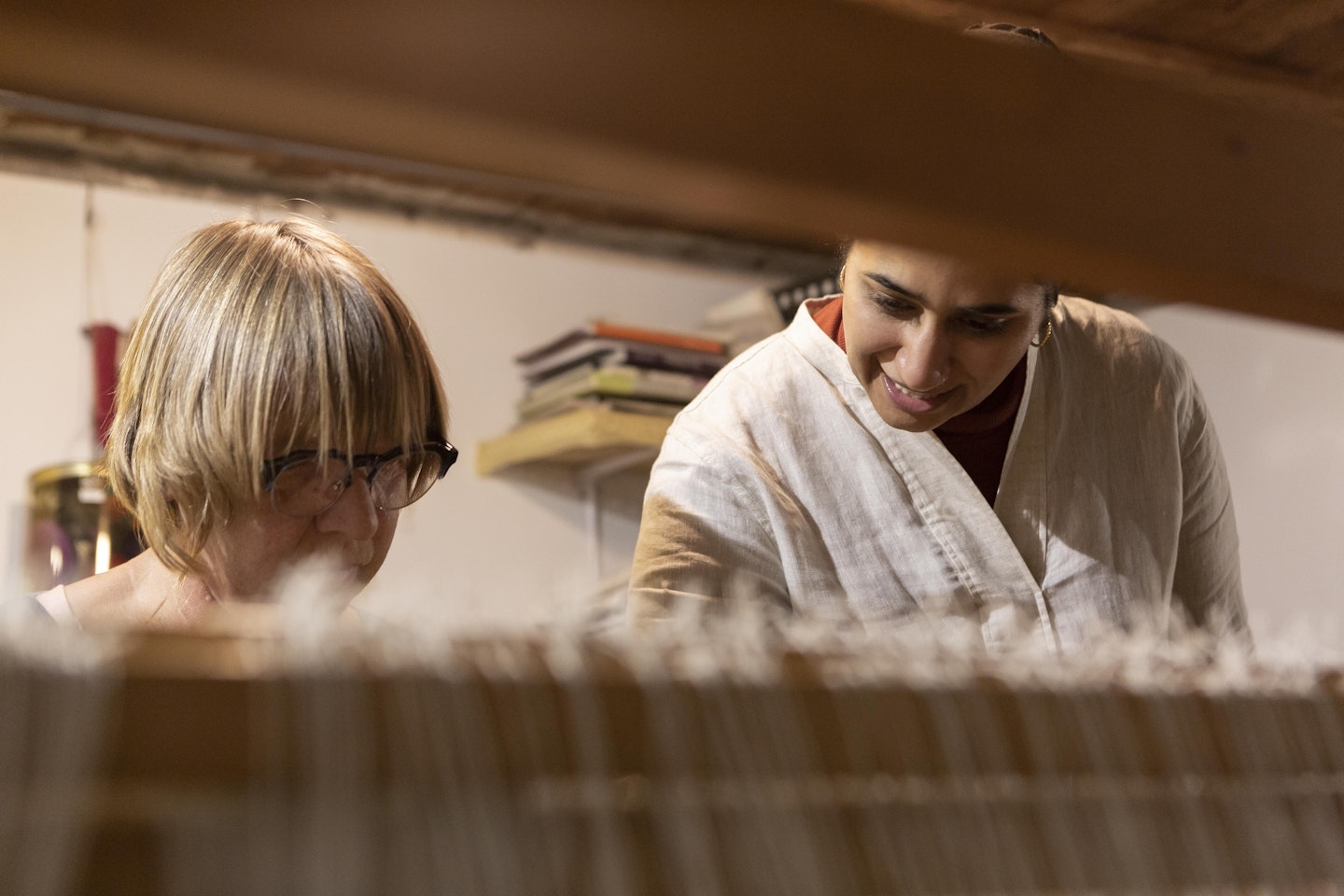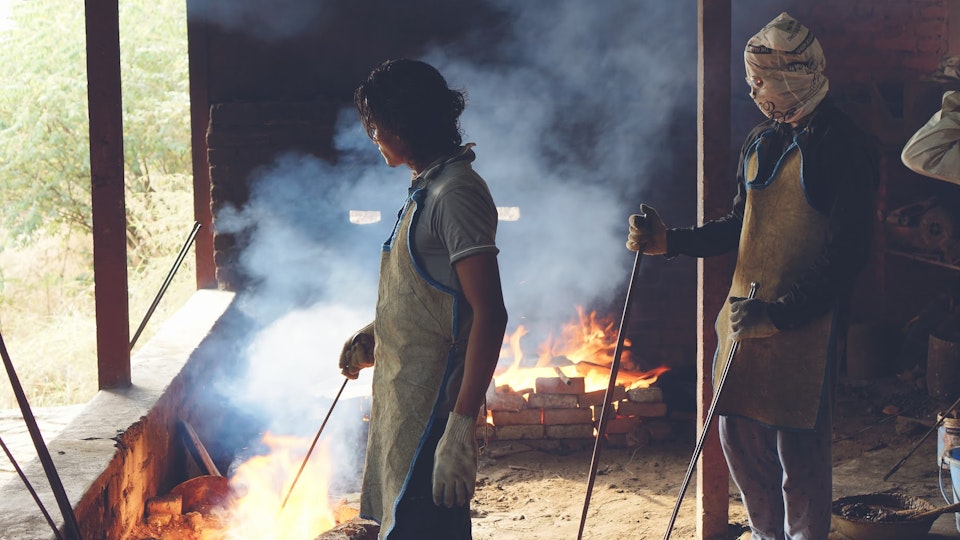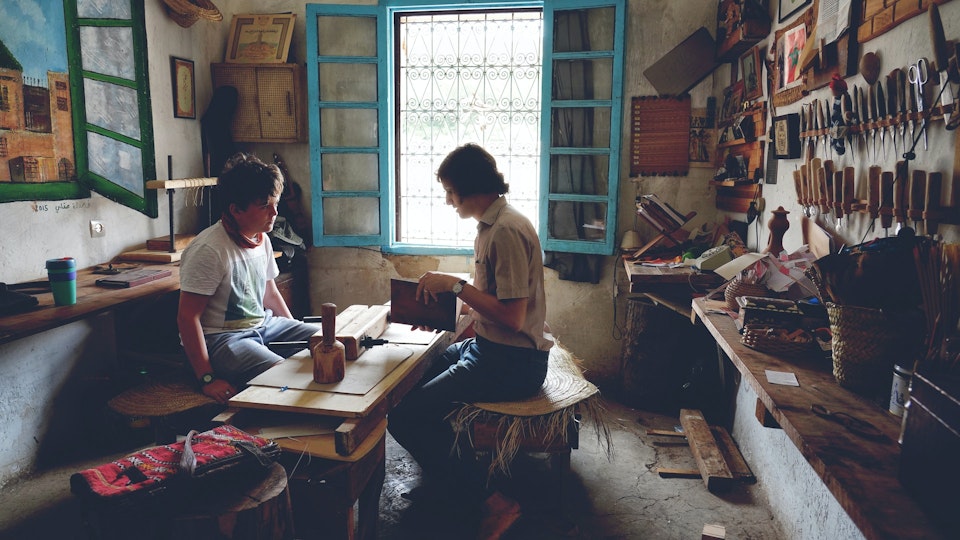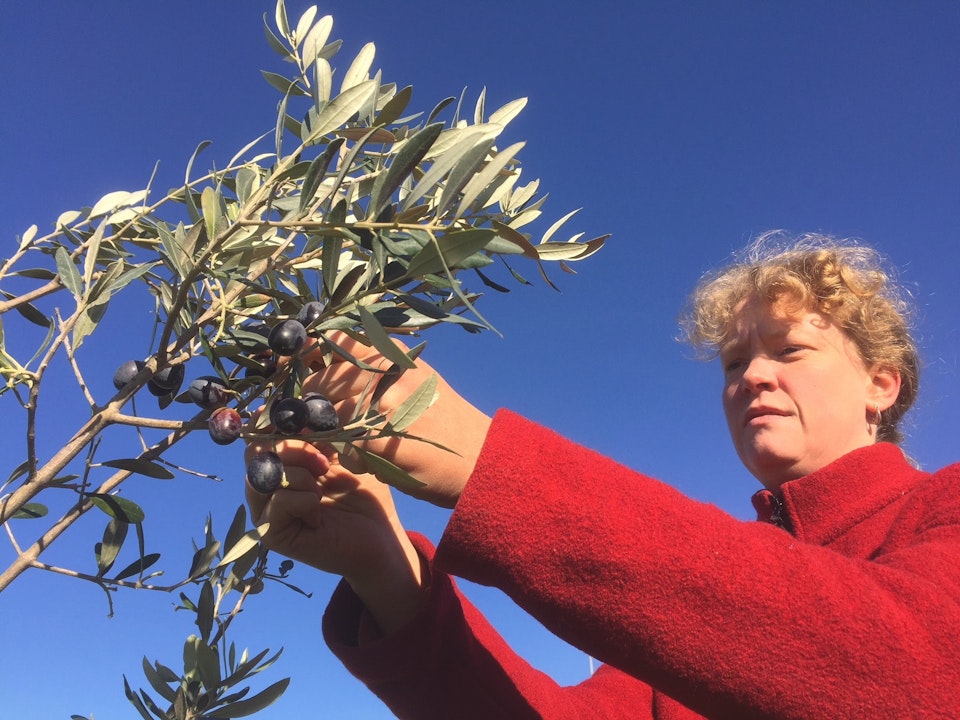January 25, 2022
The Art Apprentice

The world is opening up again, and that itch to roam and wander is strong! What better way to fulfill this than by spending time in the company of a master artist or craftmaster.
Artists are the fingerprints of humanity. If you’d like to gain a deeper understanding of a country’s culture and history, being an apprentice to a local artist is definitely the way to go.
As a local they can share their knowledge of the land, the mood of the people, the best places to eat in a way a guidebook can’t.
As an artist they may be the latest in a long line, as crafts are passed down generations, meaning you’re living alongside a personal history.
You may however be wondering…
What exactly is an art apprentice?
These days the word ‘apprentice’ usually brings to mind a certain TV show… or work experience… or maybe even Mickey Mouse struggling with an army of broomsticks. When we muse on the world a little longer, images of old workshops may come to mind… perhaps a blacksmith’s shoppe in a historical book or fantasy TV show.
Making Dhokra metal art in VAWAA artist Suresh's workshop in Panchgani, India
There is a quaint old timey feel to the word ‘apprentice’. Once upon a time apprenticeships were commonplace, a rite of passage for anyone interested in practicing a craft. It was very different to today’s often highly theoretical systems of education. Instead seekers of knowledge were completely involved from their first day, working alongside the craftmaster. It was verbal, practical and undocumented. An apprentice was a vessel, receiving all the secrets and knowledge of the trade.
Today we’re used to information always being at our fingertips. But if we want to be truly immersed in a craft or artform, to be part of its story… becoming an apprentice is the way to go.
Can anyone be an art apprentice?
In theory, yes. The tricky thing can be knowing where to look. A quick Google can lead you down the path of opportunities for ‘creative apprenticeships’ in creative industries - rather than traditional art apprenticeships. This means working around art and design, usually for corporate spaces. Perhaps not quite what you had in mind.
For a traditional art apprenticeship, the apprentice is typically selected by the artist. Some craftmasters are happy to take someone under their wing to carry their secrets forward, if they can see compatibility and a serious interest in the craft. Learning the secrets and tricks of the trade is a journey, and the dedication and time required for such a journey is likely one of the reasons apprenticeships have fallen behind as the world continues to speed up. In the past, someone would become an apprentice with the dream and intention of someday becoming a master of the craft, able to pass down the knowledge to the next apprentice. If the craft was a book each page would hold a different lifetime.
The old studio of multidisciplinary craftsman Hamza, in Fes, Morocco
This made a lot of practical sense in the past when people could rely on one steady vocation. Now being a lot more fluid - we move around and often make a living juggling different skills - we’re likely to be more interested in a wider range of crafts and artforms.
Thankfully there are opportunities emerging that allow people to live through this master-student relationship for a shorter period of time, meaning there’s potential for broadening horizons through multiple disciplines in one lifetime.
Why become an art apprentice now? Surely being an art apprentice, as lovely as it sounds, is a role that belongs to a bygone era?
With the way technology accelerates, modern life is increasingly fast paced. After the pandemic lockdowns of the past few years, many of us came to recognise the value in slowing down. An art apprenticeship, learning and passing down practical skills, can be the key to finding your way to a more conscious and fulfilling lifestyle that is better for the planet as well as our mental health.
Really getting to know a hands-on craft is the perfect antidote to constant virtual stimulation. Not only are you removed from a screen, exercising mental agility and building muscle memory, you are empowered as you stop being a consumer and become a creator.
Connecting with a role that held immense importance in the past can in itself bring a great sense of peace and homecoming. In handweaving alpaca fleece, or making your own olive oil or building a canoe… we may even stumble upon a link to our ancestors.
VAWAA artist and culinary archaeologist, Ursula harvesting olives in Martina Franca, Italy
What does it take and how can I become an art apprentice?
There’s a concept referred to in Zen Buddhism called “Shoshin”, meaning “Beginner’s Mind”. It describes a mind that is open, that has let go of any preconceptions or expertise we believe we may already possess. With a beginner’s mind we can really swim through a sea of new information, rather than cherry pick whatever justifies our current beliefs and ideas. This is the best way to approach an arts apprenticeship!
There are a few ways of embarking on this kind of adventure. One is simply keeping an eye open for opportunities to spend time with artists and craftspeople, they may be some willing to take you under their wing.
In 2021 we had the pleasure of speaking with renowned lacemaker, Elena Kanagy-Loux, who shared how she did her own research and ended up journeying to Slovenia to learn traditional lacemaking!
Researching an arts apprenticeship independently can be an overwhelming and time consuming task though. Not only finding the artists but starting up a correspondence with them and figuring out the finer details such as accommodation…etc.
Through this platform we hope to revive the lost art of apprenticeship, making these opportunities easily accessible through mini-apprenticeships, and providing a wide variety of crafts and artforms to choose from.
Natural Dyeing with Thao in Hanoi, Vietnam
Everything is delicately interconnected. So when you step through the doorway to one particular craft, other doorways to further knowledge and other areas of craft await you on the other side.
See you there!
View all VAWAA artists offering mini-apprenticeships around the world.



